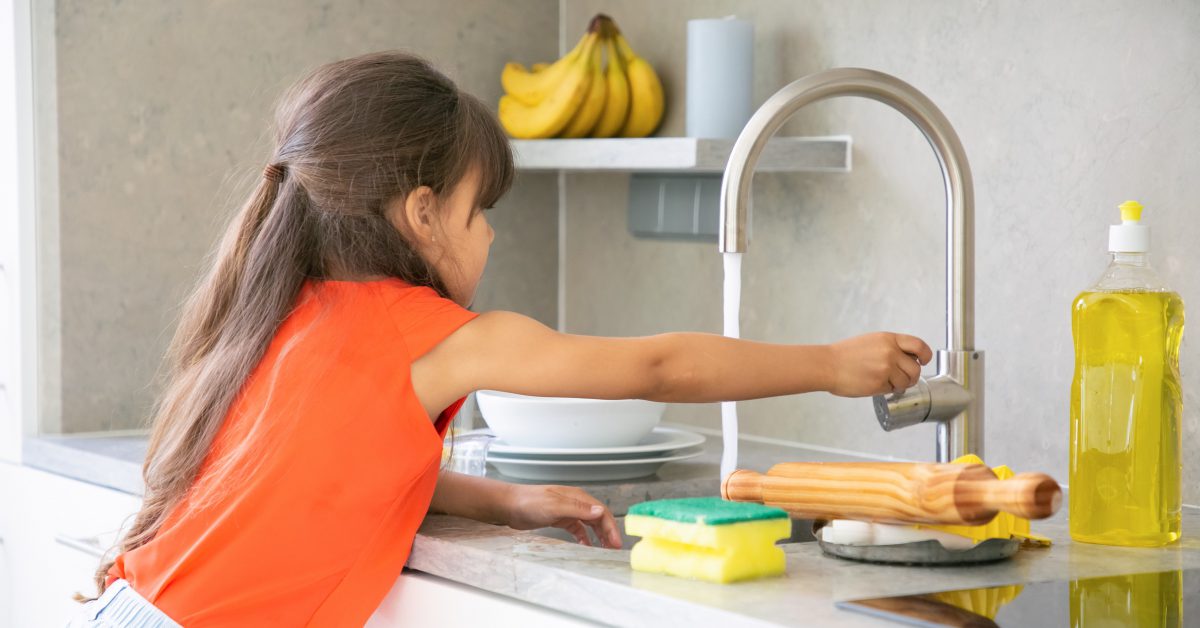In today’s world, technology is an ongoing process taken to the next level. For example, video games can sometimes take most of our children’s time and the costs can go out of control. Children can purchase or update games with the credit card that was originally inserted in the payment method. It’s really easy for them to ask if they can get extra coins or a new game character, but do they understand the sacrifices that parents do to maintain healthy credit card utilization and money in the bank account?
As parents, we have the opportunity to teach our kids some valuable lessons when it comes to money and personal finances from the comfort of our home. It’s a great idea to start from a fragile age so that they get a sense of money, when to spend it, and if they need to spend it. I put together a list of activities and games that I think helped my kids see the value in money at a really young age.
Family Games
There are many games for families of different ages that include numbers, coins, bills, and tasks to complete. In my family’s case, Monopoly is a very popular choice. While playing this game, my kids acknowledge how to spend money, buy properties, charge rent, sell, and avoid the chance of going bankrupt. The win is what makes them competitive also and means that they’re left with the most money, whereas bankruptcy means zero money, no properties, and a loss.
If you’re looking for more game ideas Talk With Our Kids About Money is a great source for savings, budgeting, finances focused-activities and has options for multiple ages.
Pay For Their Services
One of the ways your children can get a sense of how money is made is to actually put it into practice at home. Usually, kids save all the money they get from grandparents or for their birthday until they can purchase a toy that just came out or a new game. What happens after that? Well, they definitely go back to asking the parents. This summer I made a deal with my daughter and proposed that every time she washes the dishes, she will receive a tooney. That is just one example. I also tried the chart method with different costs for different services (i.e., making the bed, sweeping, etc.) and the pay at the end of the week. In conclusion, after seeing the level of effort that it takes to make money, they started contemplating if they need the latest toy or not, and in most cases, they decided to keep the money for better upcoming things.
Real-Life Connections
If your kids are approaching the teenage stage, this is where conversations can move to the next level. The point is that you want to make your teen understand how much income they make and how much it costs to live in your house.
This is a great example: “Here’s a hydro bill – does anyone have any idea, anytime a light is on, anytime the dryer’s on, the dishwasher’s on, for a month of hydro, it’s $100. Well, you now know, I need to work for x hours to pay for that $100 hydro bill”- and there you have the real-life connection.
It’s important to teach our children how money works so that when their time to get an income comes they are prepared to achieve good finances. These are only a few examples that can work and there are many other alternatives, but our children are the future and we want them to be successful.


